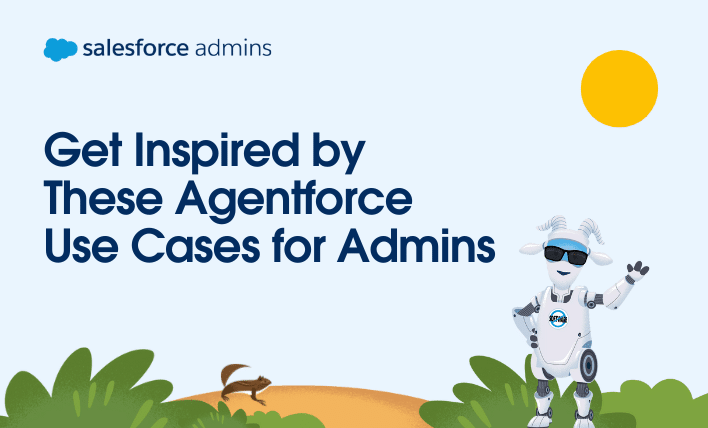We hope you’re enjoying the Be An Innovator with Flow adventure. As you know, we are going step-by-step to build an automated business process from start to finish with Flow Builder in our 6-part video series. For video 2, we’re looking at defining the business process so we’re set up to build successfully.
Let’s dive a little deeper and talk further about defining your business process and selecting your automation tool of choice. Before you start applying automation to your existing processes, it’s critical to make sure that you understand those processes, and where there might be opportunities to improve on them, so you’re not simply transferring an existing inefficient process into Salesforce. Henry Ford is alleged to have said, “If I had asked people what they wanted, they would have said faster horses.” The last thing we want is to have Salesforce be just a “faster horse” for your organization!
The best place to start is to really dig in and understand each step in your process. Define who (or what) is actually doing it, and what the input and output of each step is. If there is data that is stored during each step, you’ll need to track that as well. This doesn’t have to be fancy, and there are a number of software tools that can help you with this. A few suggestions are Gliffy, Visio, Lucidchart, elements.cloud, Quip, but there are many others. You can also use good old pen and paper/whiteboard! I like to get a group of people in a room to talk through each step and map it out on a large whiteboard or a flip chart. This can help you with visualizing your process.
One of my favorite diagrams is the cross-functional flowchart, where you create each step as a box, a decision point as a diamond, a record or document as a “paper” shape, and then you separate different functions into “swim lanes”. It might look something like this for a typical ‘Incoming Lead’ process:

Here is what a series of process steps looks like in Quip:

As you’re talking to people and gathering information, often the interfaces between teams or departments are areas that are ripe for automation and optimization. You should definitely spend some time understanding why data comes to your team a certain way, or why it needs be output in a particular format.
Once you’ve got your process mapped out, then you’ll need to choose the right automation tool for your requirements. Again, we’re focusing on building flows for this video series, but if you’re not collecting user input, then you may be able to use a different form of process automation. For more on this, check out this Trailhead module to help with your decision-making. Here is a chart to help you determine what the best automation tool might be for your needs. Also, if you have Visualforce pages that you’re currently using to collect information, this is a great opportunity to revisit them and see if you can use Lightning Flow instead.

You can see that the type of business process that you’re looking to automate matters quite a bit when choosing the tools available. Also since there are often multiple tools that can accomplish similar functions, it’s really important to test your automation in a sandbox, and make sure that it meets your requirements, and is also user-friendly for the people who will be using it regularly. This is a great time to test with your super-users!
Note that for a guided visual experience, we’ve chosen to use standard flow screen components in our video, but you can use custom Lightning components built by a developer, or installed from the AppExchange as well.












